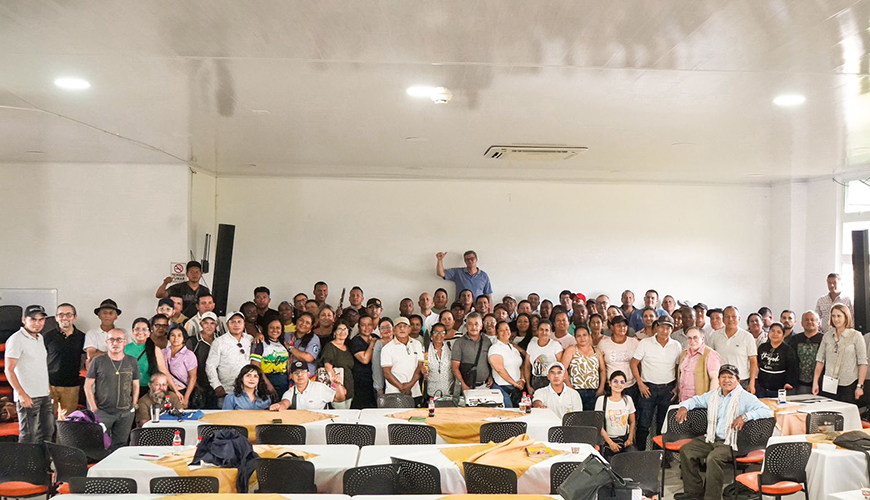The Interreligious Initiative for Tropical Forests carried out a new training process on November 15 in Orito (Putumayo), aimed at members of the local chapters in this municipality and in the Churuyaco and Siberia police inspections.
“We have prepared an enriching and in-depth work agenda that will allow us to reflect, learn and design concrete strategies to address the environmental challenges we face,” said Blanca Lucía Echeverry, coordinator of IRI-Colombia, who welcomed the 120 religious and community leaders, representatives of indigenous peoples and Afro-descendant communities, members of organizations and local authorities who participated in the pedagogical day. held at the Chamber of Commerce of Orito.
“The conservation of the forests and biodiversity of the Amazon is not only the responsibility of the Mayor’s Office or Natural Parks, it is a responsibility that concerns absolutely all of us,” added the municipal mayor Edison Martínez, who in addition to installing the event referred to the main environmental challenges that the municipal administration has, such as achieving the development of the municipality without affecting nature.
For her part, Sister Constanza Arango, a member of the Catholic Church and the Interreligious Council of Colombia, gave a talk on ecospirituality, in which she referred to this dimension that allows human beings to become aware of their presence in the world, in a state of coexistence and interdependence with other beings on the planet. “We are also nature. If we destroy the trees we destroy ourselves,” he stressed.
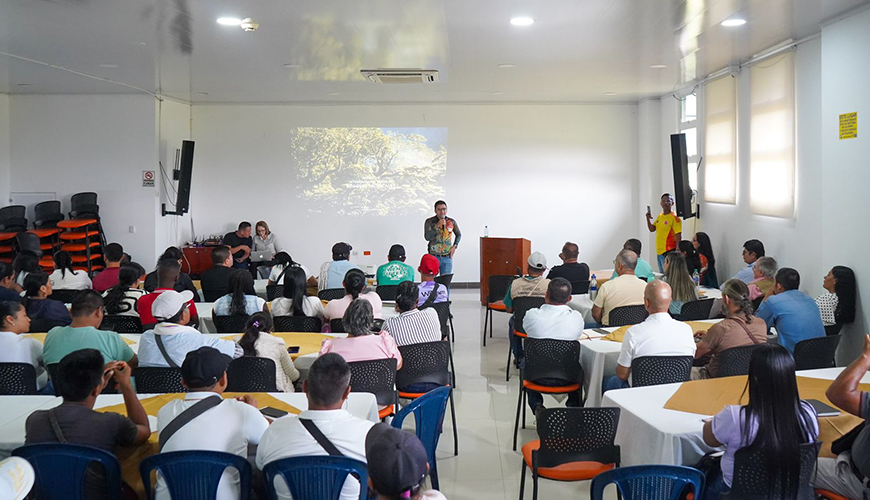 The municipal mayor, Edison Ramírez, installed the training process.
The municipal mayor, Edison Ramírez, installed the training process.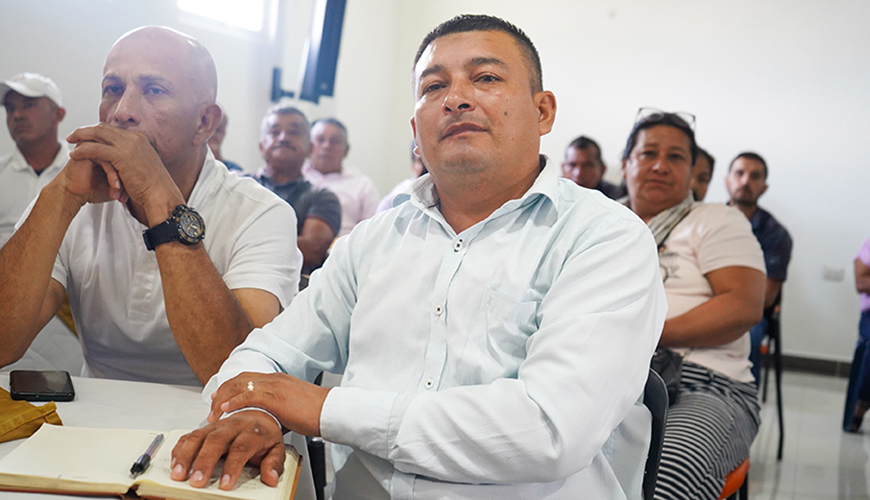 Hernán Zamudio, deacon of the United Pentecostal Church of Colombia.
Hernán Zamudio, deacon of the United Pentecostal Church of Colombia.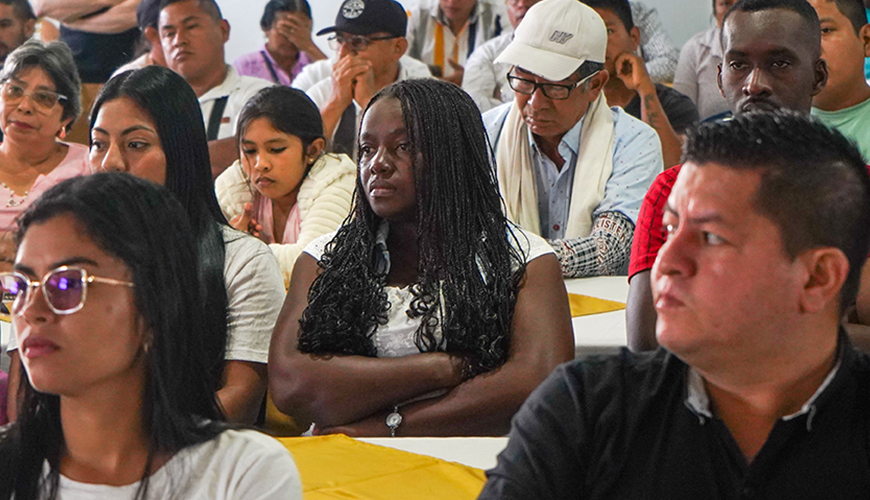
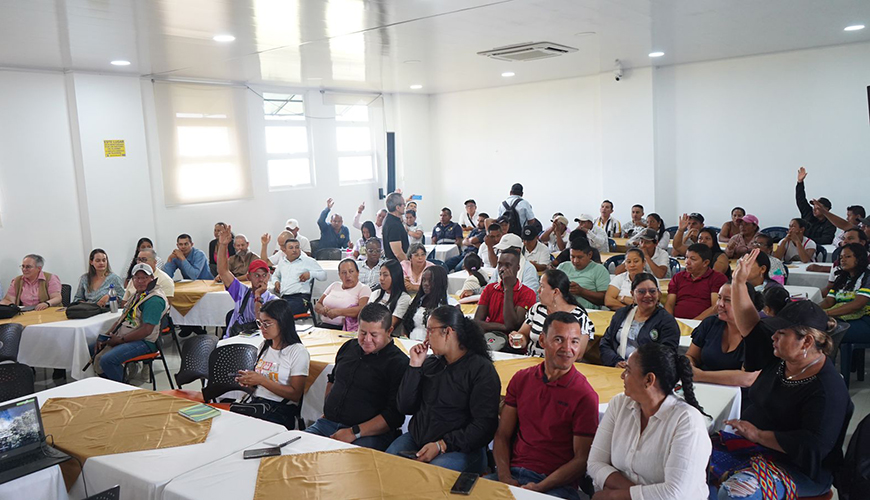 IRI-Colombia trained 120 leaders from Orito to protect the Amazon rainforests.
IRI-Colombia trained 120 leaders from Orito to protect the Amazon rainforests.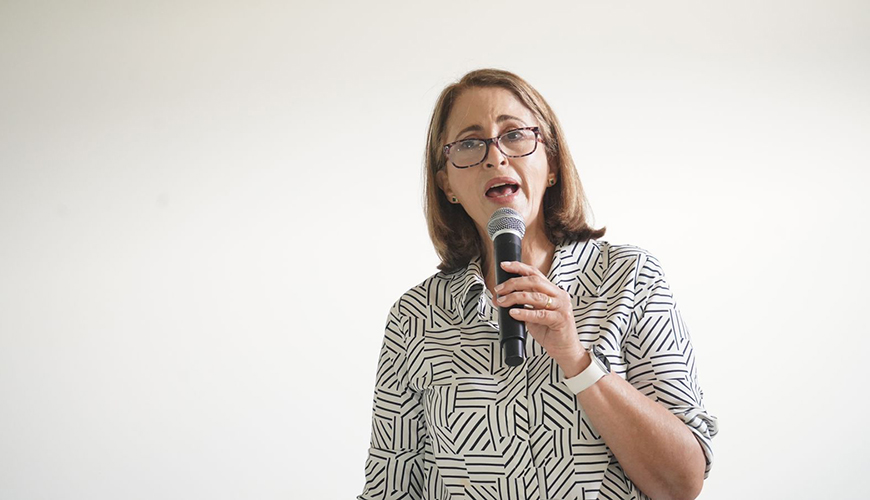 Blanca Lucía Echeverry, national coordinator of IRI-Colombia.
Blanca Lucía Echeverry, national coordinator of IRI-Colombia.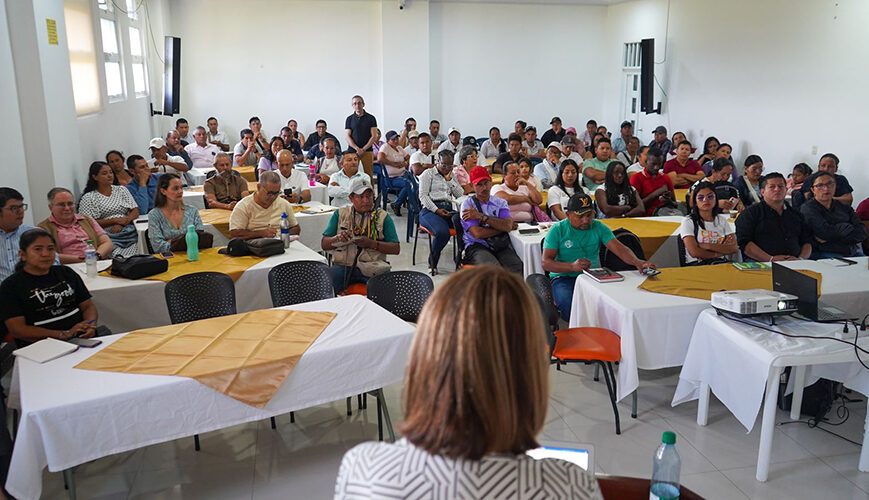
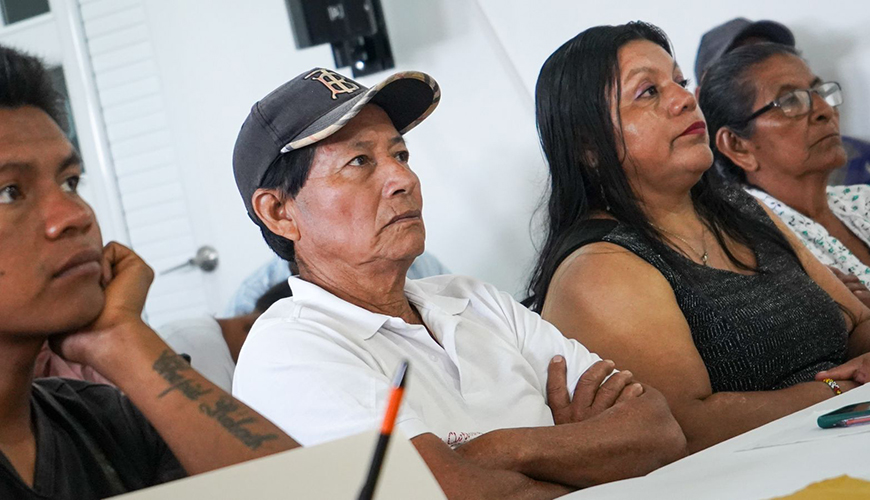 Representatives of peasant communities.
Representatives of peasant communities.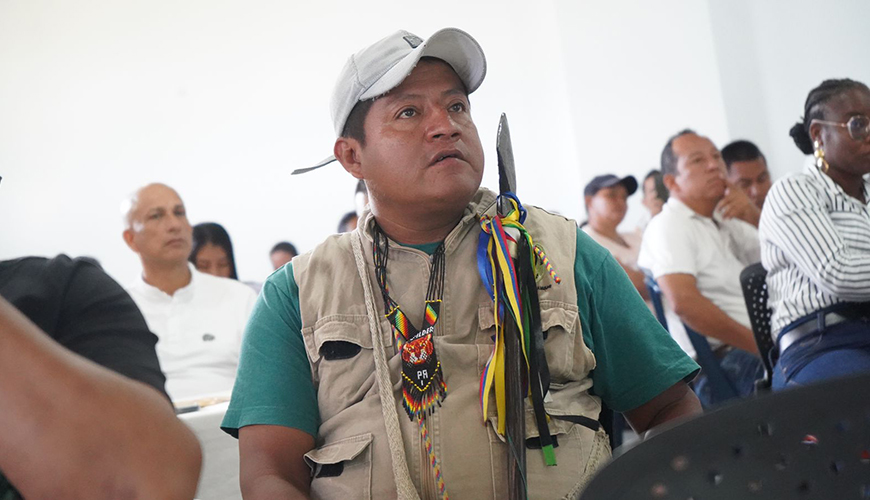 The training process was attended by leaders of local indigenous peoples.
The training process was attended by leaders of local indigenous peoples. Sister Constanza Arango gave a talk on the theology of creation.
Sister Constanza Arango gave a talk on the theology of creation.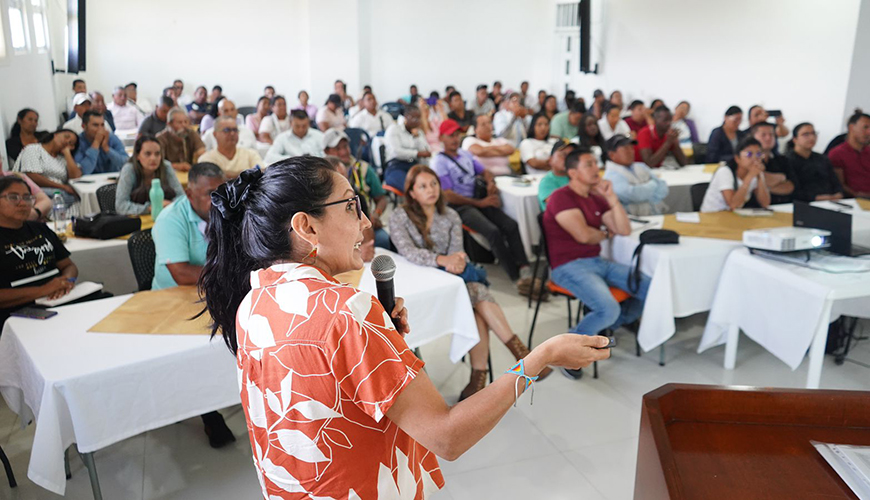 Belén Ojeda, during the class on deforestation.
Belén Ojeda, during the class on deforestation.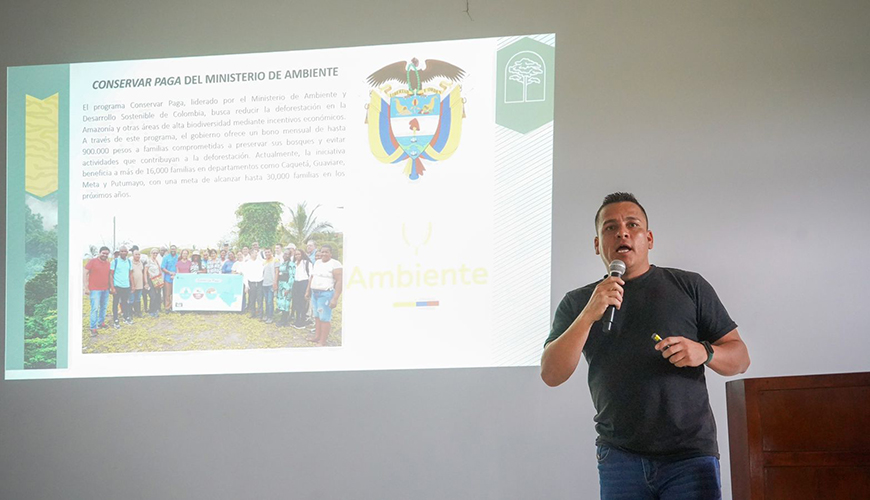 Biologist Jhoha Cárdenas during the class on ecosystem services and payments for environmental services.
Biologist Jhoha Cárdenas during the class on ecosystem services and payments for environmental services.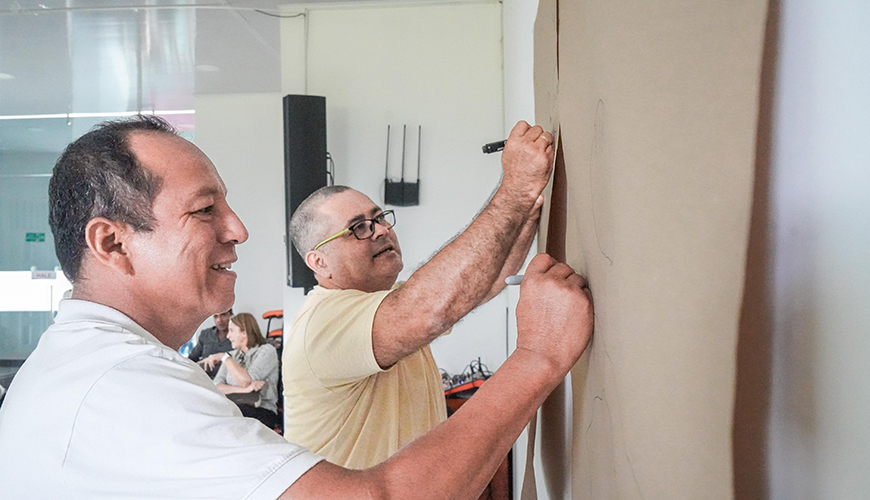
“All is not lost. This meeting invites us to continue working, each one of us from our role. Regardless of whether we are religious leaders, professors, presidents of action boards, producers or merchants, each of us has a lot to contribute,” said geographer and master’s degree in Landscape Ecology and Nature Conservation, Belén Ojeda.
The consultant for USAID’s Destination Nature program gave a lecture on deforestation trends in the Amazon and, especially, in Putumayo and Orito.
Another of the topics addressed during the day was the situation of the region’s natural parks and the main environmental challenges they face. “The Orito Ingi-Ande sanctuary of flora and medicinal plants is located between the Guamuez and Orito rivers, and covers an area between 700 and 3,300 meters above sea level that ranges from Andean forest to paramo. This allows us to contribute to the conservation of Andean-Amazonian biocultural connectivity, that is, both ecosystem and cultural,” said the biologist of National Natural Parks of Colombia, Walker Hoyos Giraldo, who gave the conference.
Biologist Jhoha Cárdenas, for his part, gave a lecture on ecosystem services, payments for environmental services and the initiative of the Ministry of Environment and Sustainable Development, Conserve Pays.
“It aims to reduce deforestation and the degradation of ecosystems; promoting sustainable agricultural and land use practices; promote ecological restoration and reforestation and support local communities,” explained the Corpoamazonia expert, who addressed the objectives, components and requirements of each of these programs for environmental conservation.
Click here to read the full Spanish edition of the November IRIboletín.

